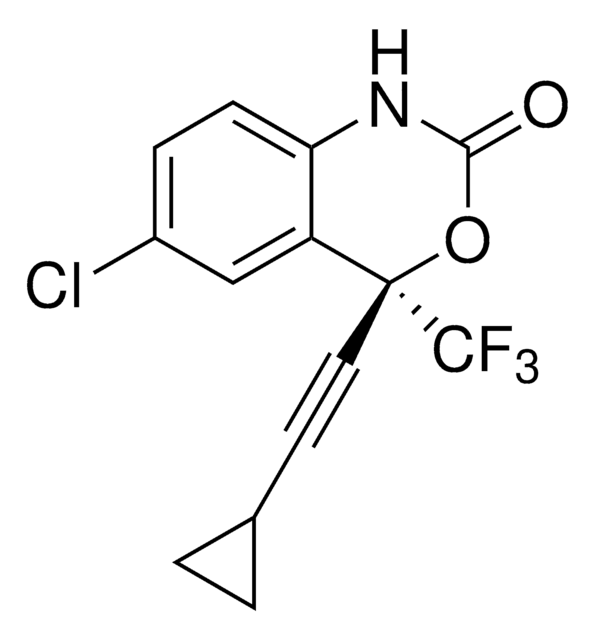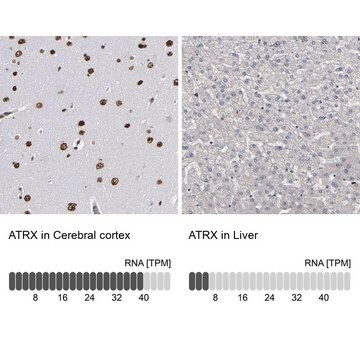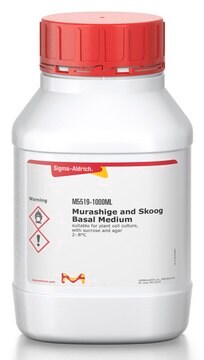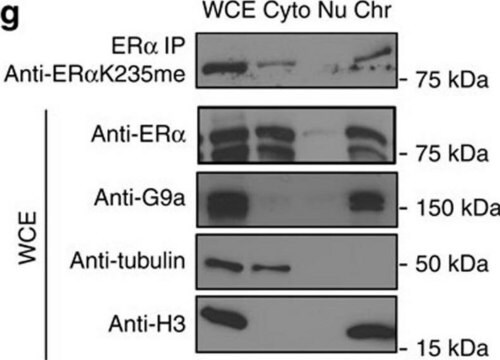Kluczowe dokumenty
SML0141
Trilostane
≥98% (HPLC)
Synonim(y):
(4α,5α,17β)-3,17-dihydroxy-4,5-epoxyandrost-2-ene-2-carbonitrile
About This Item
Polecane produkty
Próba
≥98% (HPLC)
Formularz
powder
kolor
white to tan
rozpuszczalność
DMSO: ≥17 mg/mL
temp. przechowywania
2-8°C
ciąg SMILES
C[C@]12CC[C@H]3[C@@H](CC[C@@]45O[C@@H]4C(O)=C(C[C@]35C)C#N)[C@@H]1CC[C@@H]2O
InChI
1S/C20H27NO3/c1-18-7-6-14-12(13(18)3-4-15(18)22)5-8-20-17(24-20)16(23)11(10-21)9-19(14,20)2/h12-15,17,22-23H,3-9H2,1-2H3/t12-,13-,14-,15-,17+,18-,19+,20+/m0/s1
Klucz InChI
KVJXBPDAXMEYOA-CXANFOAXSA-N
informacje o genach
human ... HSD3B2(3284)
Powiązane kategorie
Opis ogólny
Zastosowanie
Działania biochem./fizjol.
Cechy i korzyści
Hasło ostrzegawcze
Warning
Zwroty wskazujące rodzaj zagrożenia
Zwroty wskazujące środki ostrożności
Klasyfikacja zagrożeń
Eye Irrit. 2 - Repr. 2 - Skin Irrit. 2
Kod klasy składowania
11 - Combustible Solids
Klasa zagrożenia wodnego (WGK)
WGK 3
Temperatura zapłonu (°F)
Not applicable
Temperatura zapłonu (°C)
Not applicable
Wybierz jedną z najnowszych wersji:
Masz już ten produkt?
Dokumenty związane z niedawno zakupionymi produktami zostały zamieszczone w Bibliotece dokumentów.
Produkty
We offers many products related to Nuclear Receptors (Steroids) for your research needs.
Nasz zespół naukowców ma doświadczenie we wszystkich obszarach badań, w tym w naukach przyrodniczych, materiałoznawstwie, syntezie chemicznej, chromatografii, analityce i wielu innych dziedzinach.
Skontaktuj się z zespołem ds. pomocy technicznej










